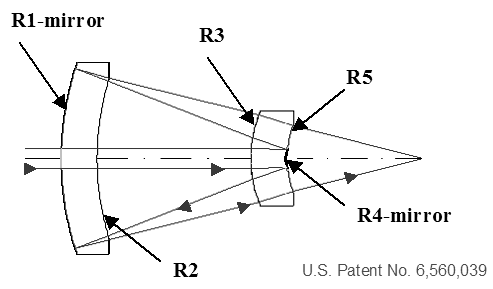Array
(
[content] =>
[params] => Array
(
[0] => /forum/threads/how-thick-is-the-water-film-in-193i.17789/
)
[addOns] => Array
(
[DL6/MLTP] => 13
[Hampel/TimeZoneDebug] => 1000070
[SV/ChangePostDate] => 2010200
[SemiWiki/Newsletter] => 1000010
[SemiWiki/WPMenu] => 1000010
[SemiWiki/XPressExtend] => 1000010
[ThemeHouse/XLink] => 1000970
[ThemeHouse/XPress] => 1010570
[XF] => 2021770
[XFI] => 1050270
)
[wordpress] => /var/www/html
)
Guests have limited access.
Join our community today!
Join our community today!
You are currently viewing SemiWiki as a guest which gives you limited access to the site. To view blog comments and experience other SemiWiki features you must be a registered member. Registration is fast, simple, and absolutely free so please, join our community today!
You are using an out of date browser. It may not display this or other websites correctly.
You should upgrade or use an alternative browser.
You should upgrade or use an alternative browser.
How thick is the water film in 193i?
- Thread starter Tanj
- Start date

Micro-Objectives of Immersion Lithography
The optical lithography community is gaining confidence that immersion lithography can further reduce critical dimensions based on theoretical models.
Seen only now. There are multiple considerations for choosing thickness of water in an immersion stepper and not all of them purely due to the lenses. Just to name two of them, you need the flow of the water to be laminar otherwise you have distortions due to turbulence and you need the water temperature in the optical path to stay constant to avoid changes in index of refraction (dn/dT=10e-4 hence a variation of 0.01C will give a variation of n of 10e-6 so a deflection of 1nm for a water thickness of 1mm...).
Thanks! It has become clear that the depth is on the order of a mm, and as you say that is thick enough to add fun variations. I am looking at a proximity scanning system with much slower movement (< 1cm/sec) but also much thinner (< 10 microns) so I will clearly be working in a different regime with different problems.Seen only now. There are multiple considerations for choosing thickness of water in an immersion stepper and not all of them purely due to the lenses. Just to name two of them, you need the flow of the water to be laminar otherwise you have distortions due to turbulence and you need the water temperature in the optical path to stay constant to avoid changes in index of refraction (dn/dT=10e-4 hence a variation of 0.01C will give a variation of n of 10e-6 so a deflection of 1nm for a water thickness of 1mm...).
